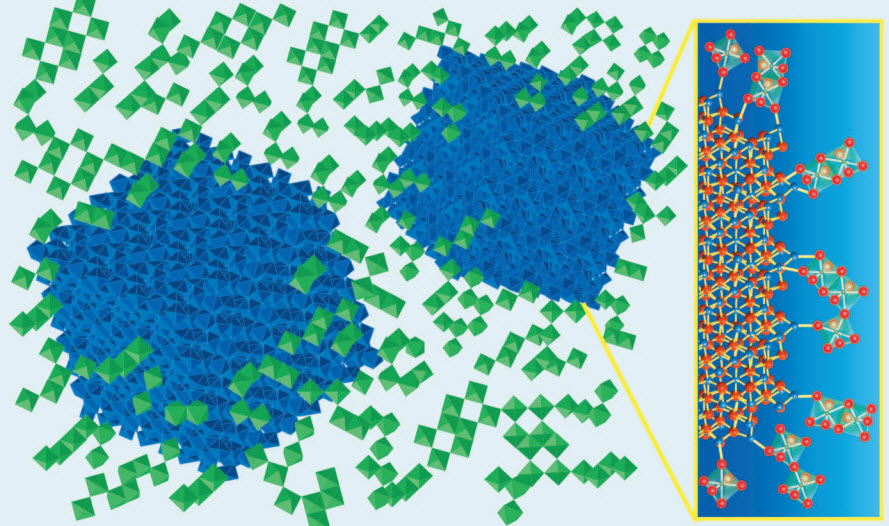A ‘universal smart window’ for instant control of lighting and heat
August 16, 2013

Smart-window glass that can be switched to block heat or light (credit: Lawrence Berkeley National Laboratory)
Researchers at the U.S. Department of Energy’s Lawrence Berkeley National Laboratory (Berkeley Lab) have designed a new material to make smart windows even smarter.
The material is a thin coating of nanocrystals embedded in glass that can dynamically modify sunlight as it passes through a window.
Unlike existing technologies, the coating provides selective control over visible light and heat-producing near-infrared (NIR) light independently, so windows can maximize both energy savings and occupant comfort in a wide range of climates.

Current smart windows (credit: Berkeley Lab)
Existing “smart windows” such as this one can switch between transparent and opaque, for example, but not between visible and infrared light.
Energy savings
“In the U.S., we spend about a quarter of our total energy on lighting, heating and cooling our buildings,” says Delia Milliron, a chemist at Berkeley Lab’s Molecular Foundry who led this research. “When used as a window coating, our new material can have a major impact on building energy efficiency.”
Milliron’s research group is already well known for their smart-window technology that blocks NIR without blocking visible light. The technology hinges on an electrochromic effect: a small jolt of electricity switches the material between NIR-transmitting and NIR-blocking states.
This new work takes their approach to the next level by providing independent control over both visible and NIR light. The innovation was recently recognized with a 2013 R&D 100 Award and the researchers are in the early stages of commercializing their technology.
Switchable windows allow for tunable lighting and heat control

Nanocrystals of indium tin oxide (blue) embedded in a glassy matrix of niobium oxide (green) form a composite material (right — the niobium atoms are located at the center of the green octahedra, oxygen atoms are red and indium atoms are blue). The material can switch between infrared-transmitting and infrared-blocking states with a small jolt of electricity (credit: Lawrence Berkeley National Laboratory)
Independent control over NIR light means that by simply pushing a button or flicking a switch (to vary the applied electrochemical voltage over a range of 2.5 volts), occupants can have natural lighting indoors without unwanted extra heat, reducing the need for both air-conditioning and artificial lighting. The same window can also be switched to a dark mode, blocking both light and heat, or to a bright, fully transparent mode.
“We’re very excited about the combination of unique optical function with the low-cost and environmentally friendly processing technique,” said Llordés, a project scientist working with Milliron. “That’s what turns this ‘universal smart window’ concept into a promising competitive technology.”
At the heart of their technology is a new “designer” electrochromic material, made from nanocrystals of indium tin oxide embedded in a glassy matrix of niobium oxide. The resulting composite material combines two distinct functionalities—one providing control over visible light and the other, control over NIR.
The researchers found a synergistic interaction in the tiny region where glassy matrix meets nanocrystal that increases the potency of the electrochromic effect, which means they can use thinner coatings without compromising performance. The key is that the way atoms connect across the nanocrystal-glass interface causes a structural rearrangement in the glass matrix.
The interaction opens up space inside the glass, allowing charge to move in and out more readily.
This discovery also suggests new opportunities for battery materials where transport of ions through electrodes can be a challenge.
The work at the Molecular Foundry was supported by the DOE’s Office of Science.